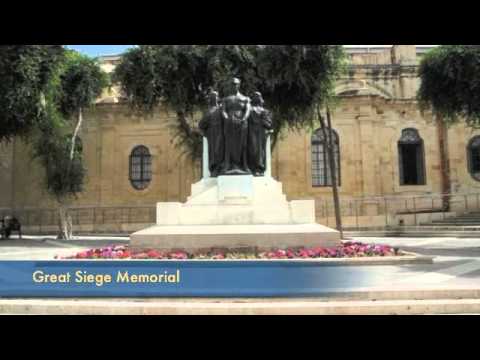http://bestflights.co.za/europe/malta/valletta – Visit for extra info on Vallette, Malta.
The metropolis of Valletta is the capital metropolis of Malta, an island nation positioned within the Mediterranean Sea. Valletta boasts with buildings from the sixteenth century, primarily with Baroque character containing components of Mannerist, Neo-Classical and Modern structure. The metropolis was nicknamed Superbissima, that means Most Proud due to the bastions, curtains, ravelins mixed with the great thing about its Baroque palaces, gardens and church buildings.
What to see
• St John’s Co-Cathedral — previously the Conventual Church of the Knights of Malta
• National Museum of Fine Arts — Rococo Palace courting again to late 1570’s
• Our Lady of Victories Church — constructed by the Knights of Malta, it’s the first constructing in Valletta
• St Francis of Assisi Church — construct in 1598 it was rebuild in 1681 by Grand Master Gegorio Carafe
• Magisterial Palace of the Grandmaster — at present homes the House of Representatives of Malta
• Auberge de Castille — referred to as the official seat of the Knights of Langue of Castille
• Grandmaster’s Palace Armory Museum — comprises armor, arms and weapons courting again to the fifteenth century
• National War Museum — positioned inside Fort Saint Elmo was a focus throughout the Great Siege and a distinguished constructing throughout WWII
• Manoel Theatre — house of the National Orchestra of Malta is Europe’s third-oldest working theatre
• Upper Barrakka Gardens — constructed in 1661 with a panoramic view of the Grand Harbour
• City Gate — the fourth gate to have stood on the entrance to Valletta
• Valletta Waterfront — stretching alongside the water’s edge and the Quay Wall, it’s composed of 19 250-year-old warehouses
What to do
• Maltese Carnival — held in February and leads up the Lent
• The Feast of Our Lady of Mount Carmel — a feast in honor of the Blessed Virgin Mary is held in July
• Saint Paul’s Feast — held on 10 February
• Saint Dominic’s Feast — held both ultimately of July or starting of August
• The Feast of Saint Augustine — celebrated on the third Sunday after Easter
source

